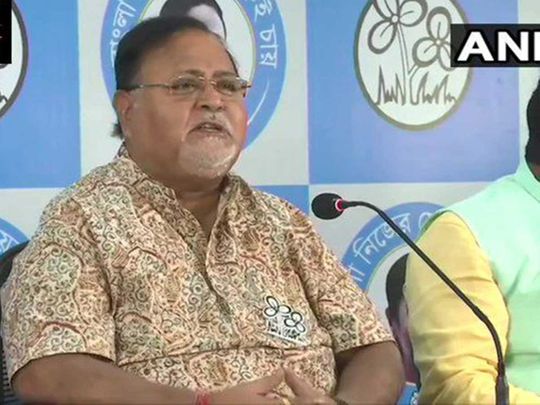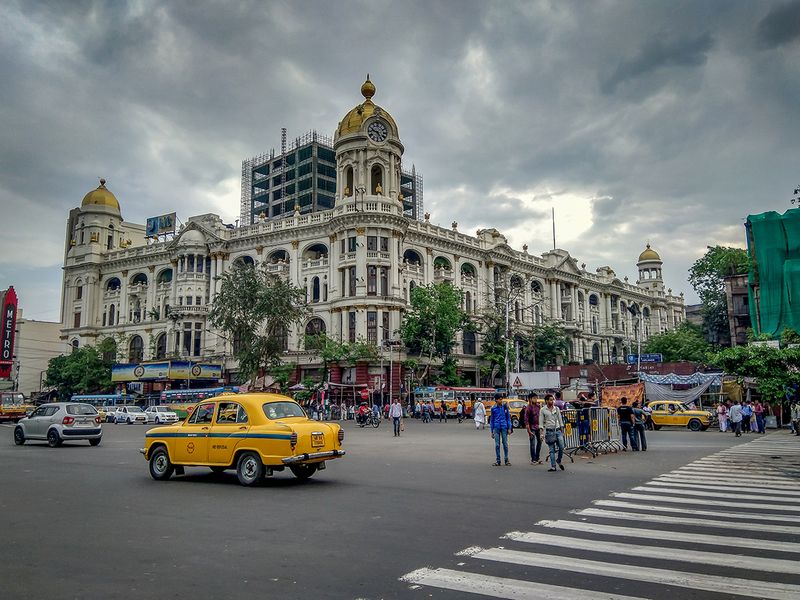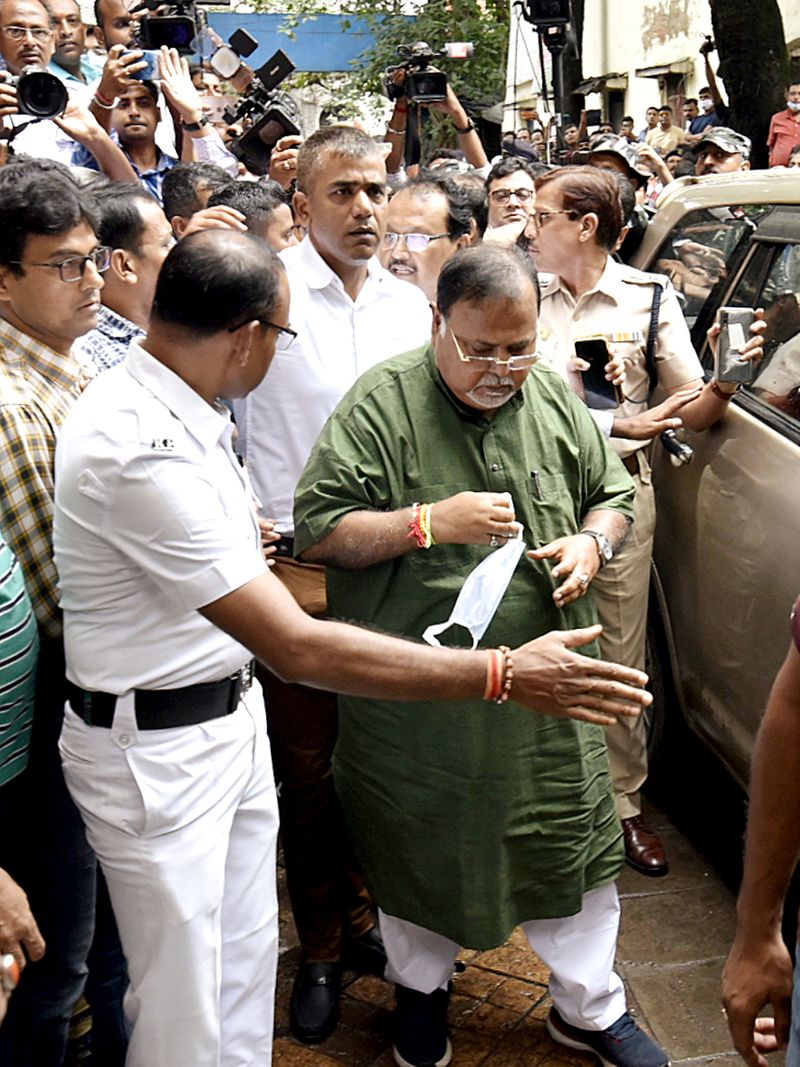
When I was in Kolkata last month for a literary event, my taxi driver casually told me that the ruling All India Trinamool Congress (TMC) was neck-deep in corruption. Trying to elicit more information, I countered, “Isn’t that what we say of those political parties we dislike?” “Sir,” he replied, “I voted for them. But let me tell you that we’ve reached the limits of our tolerance. The whole set up stinks. If you don’t believe me, wait for a few weeks. Everything will come out into the open.”
I decided not to take the topic further. After all, I didn’t want to succumb to every rookie journalist-commentator’s favourite error — of listening to their taxi driver, when it came to figuring out what was going on in another state or part of the country. But a month later, the cab driver has been proven right.
Once the capital of colonial India, Kolkata is still one of India’s most cultured, artistic, and intellectually empathetic cities. Alas, most of its great creative geniuses are in its past — or have emigrated out of the state or even the country.
Today, it is hard even to dream of the likes of Rabindranath Tagore, India’s first Nobel laureate, who also gave the country, and the neighbouring Bangladesh, their national anthems. Or Subhas Chandra Bose who, in a daring escape from house arrest, undertook a hazardous submarine voyage to Japan. After declaring India’s independence on Oct. 21, 1943 in Singapore, Bose led the Azad Hind Fauj or the Indian National Army all the way to the North Eastern borders of India.

From the very beginnings of India’s renaissance and entry into the modern world, it was Calcutta which led the way. Dwarkanath Tagore, the poet’s grandfather, was a forerunner when it came to capitalist enterprise. It was in Calcutta that the first modern educational institution in India, the Hindu, later Presidency College, was started in 1817.
One of its founders, Ram Mohan Roy also instituted India’s first religious reform movement, the Brahmo Samaj, in 1828. In the field of science, J.C. Bose and Prafulla Chandra Ray, among others, made remarkable contributions.
Again, it was on the banks of the Ganga or Hooghly in Dakshineswar, at the outskirts of the city, that the wise, but uneducated savant, Sri Ramakrishna, led a formidable fight back against materialism and Westernisation. His discipline, Swami Vivekananda, after his grand success at the World’s Parliament of Religions in 1893 in Chicago, returned to India to inspire India’s march to modernity.
That is why, when images of the portly Partha Chatterjee, the former TMC education, now Industry, Commerce and Enterprise minister, being whisked away by the Enforcement Directorate, were flashed across India’s national television screen, it was a sad day for West Bengal.
The arrest followed the recovery of over Rs. 200 million in cash from the residence of his associate, Arpita Mukherjee. The ED also confiscated gold jewellery worth close to Rs8 million, foreign currency of over Rs5 million, and ownership papers of several properties and apartments.
Mukherjee, originally a nail artist, later model and actress with bit roles, had risen quickly to be the face of the famous and lavish Naktala Udayan Sangha’s Durga Puja, which Chatterjee presided over and promoted. That her Tollyganj flat would yield such a huge harvest of undeclared and unaccounted for cash was indeed outrageous.
Allegedly these were the proceeds of bribes and payments from the West Bengal Central School Service Commission (SSC) scam. The raids and arrests follow several petitions in the Calcutta High Court against irregularities and anomalies in the state’s recruitment process.
A single-judge Calcutta High Court bench presided over by Justice Abhijit Gangopadhyay directed an inquiry by the Central Bureau of Investigation (CBI). The agency found 269 employees to have been appointed illegally, without even clearing the Teachers Eligibility Test (TET).
The ED began to sniff out the money trail behind the scam. Chatterjee, then education minister, who was interrogated for eleven hours through the night, has now been moved to a hospital after complaining of ill health. His party and supremo, Mamata Banerjee, who refused to take his calls, have distanced themselves from his disgrace.

The great men and women of Calcutta are too numerous to recount or recall, but what has happened to their successors is rather disheartening, if not tragic.
After Satyajit Ray, who was born a 101 years back and passed away thirty years ago, Calcutta, the city of gurus, geniuses, artists, poets, writers, and intellectuals has not, arguably, produced many notable or outstanding figures.
This diminishing of vitality, talent, and intellectual endeavour is palpable everywhere. And yet, while on my way to my hotel, I was surprised to see a huge hoarding with a blow up of my mug shot announcing our event. Only in Kolkata, I thought. Writers, poets, intellectuals still count for something.
But Pre- and post-poll violence, hooliganism, swindles and scams galore such as Saradha, Narada, Rose Valley, Amphan, and so on, in which several TMC functionaries were implicated, have given the state and the TMC a bad rep.
The counterclaim that all this is merely BJP’s vendetta politics or that on joining the latter party, the offenders are let off, does not wash and will not absolve the culprits. The photos of the confiscated bundles of notes, heaped so callously and carelessly, have disgusted the nation, signifying the decline and fall of the political culture of Calcutta and West Bengal.
West Bengal, once at the forefront of our freedom struggle, with the greatest idealists and thought leaders India has known in recent times, is indeed in a sad state today.
It is incumbent upon all those who love Calcutta and West Bengal to decontaminate and elevate public life so that such pervasive corruption becomes a thing of the past. Whether at the state level or centre, the people of India deserve better from the political class that runs and rules their country.





